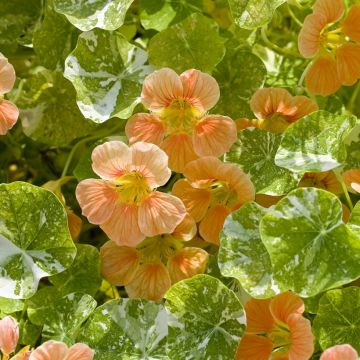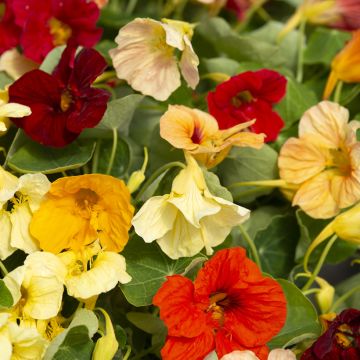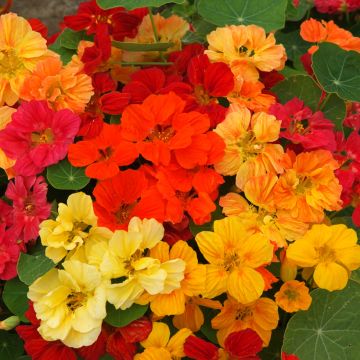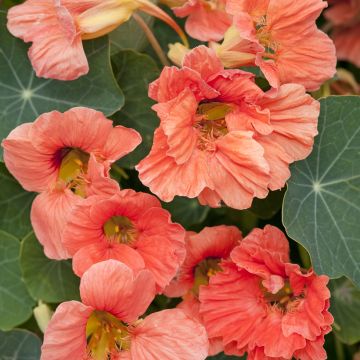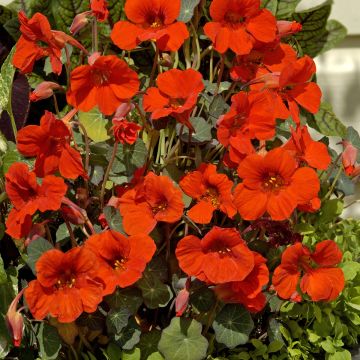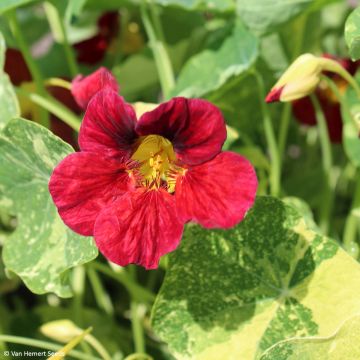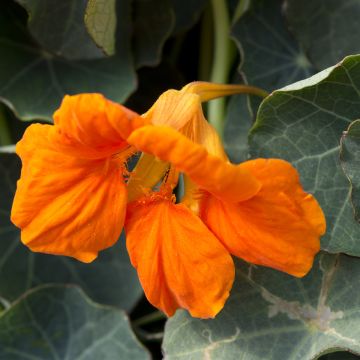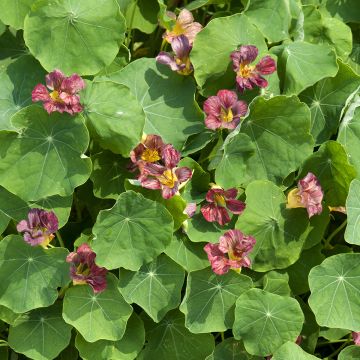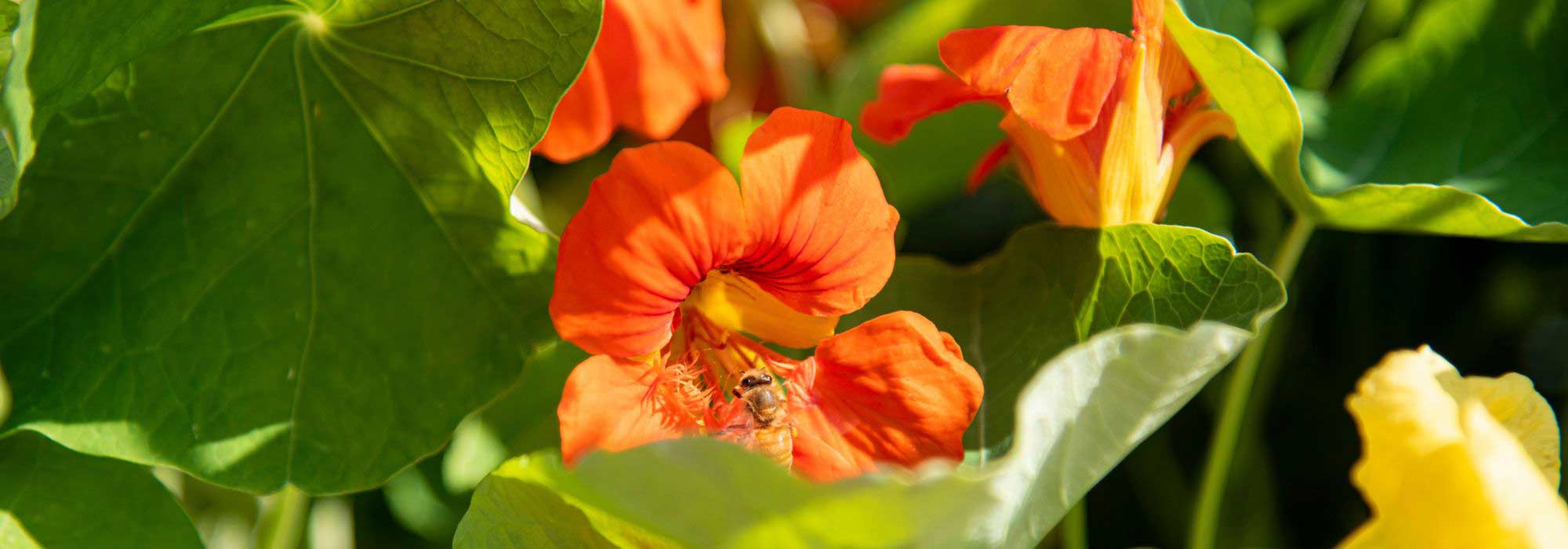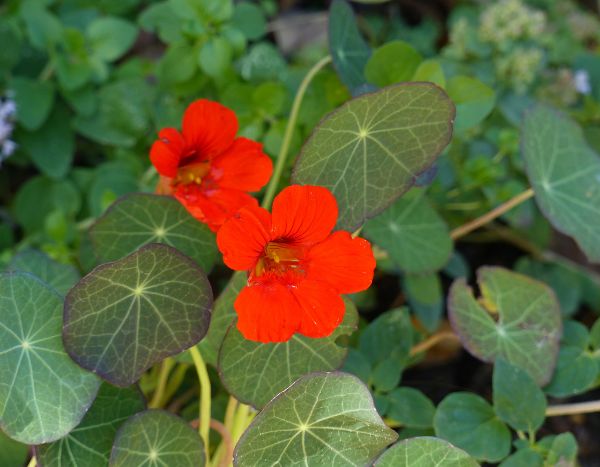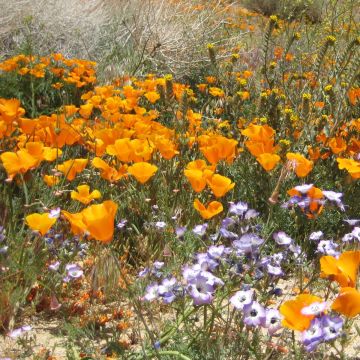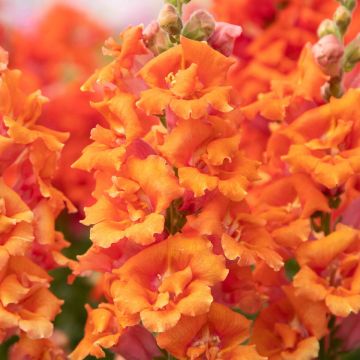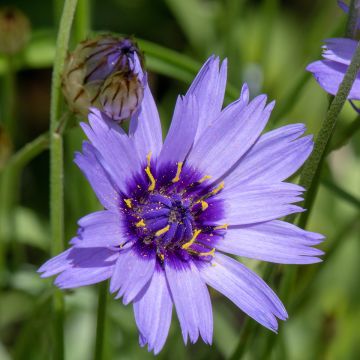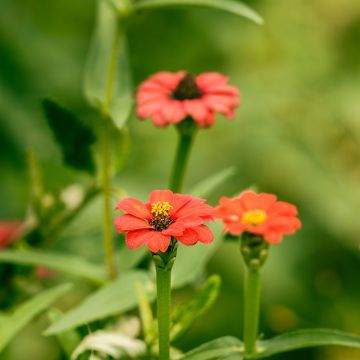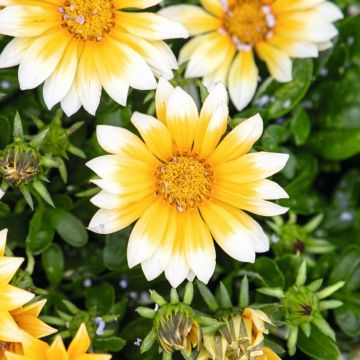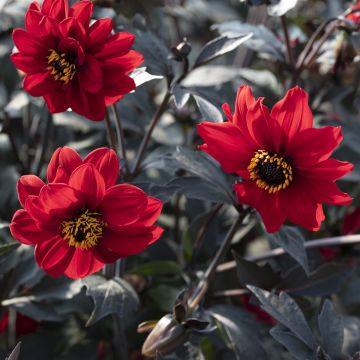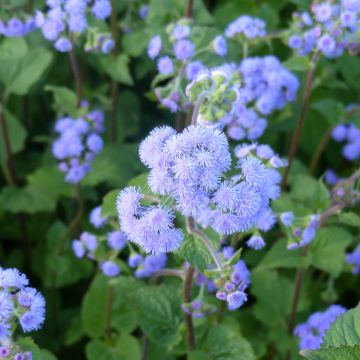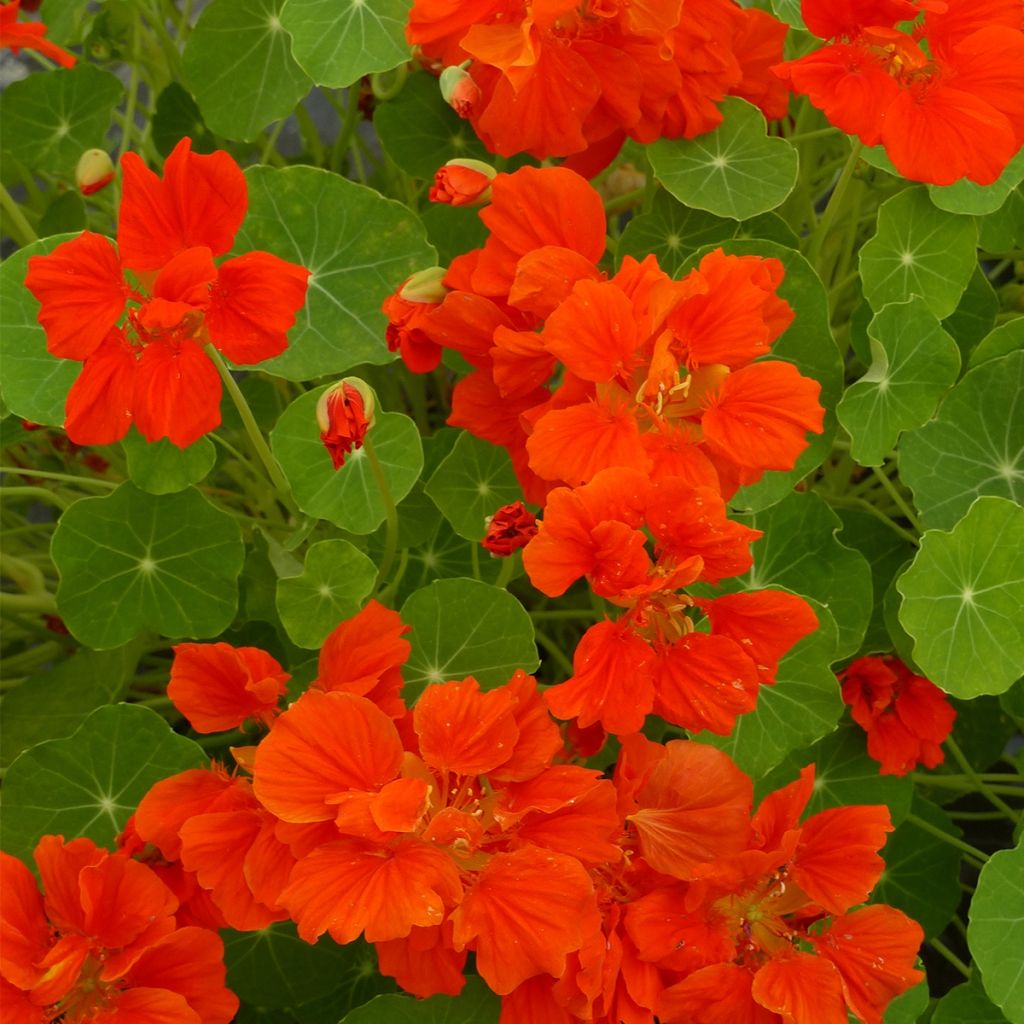

Graines de Capucine naine Whirlybird Orange
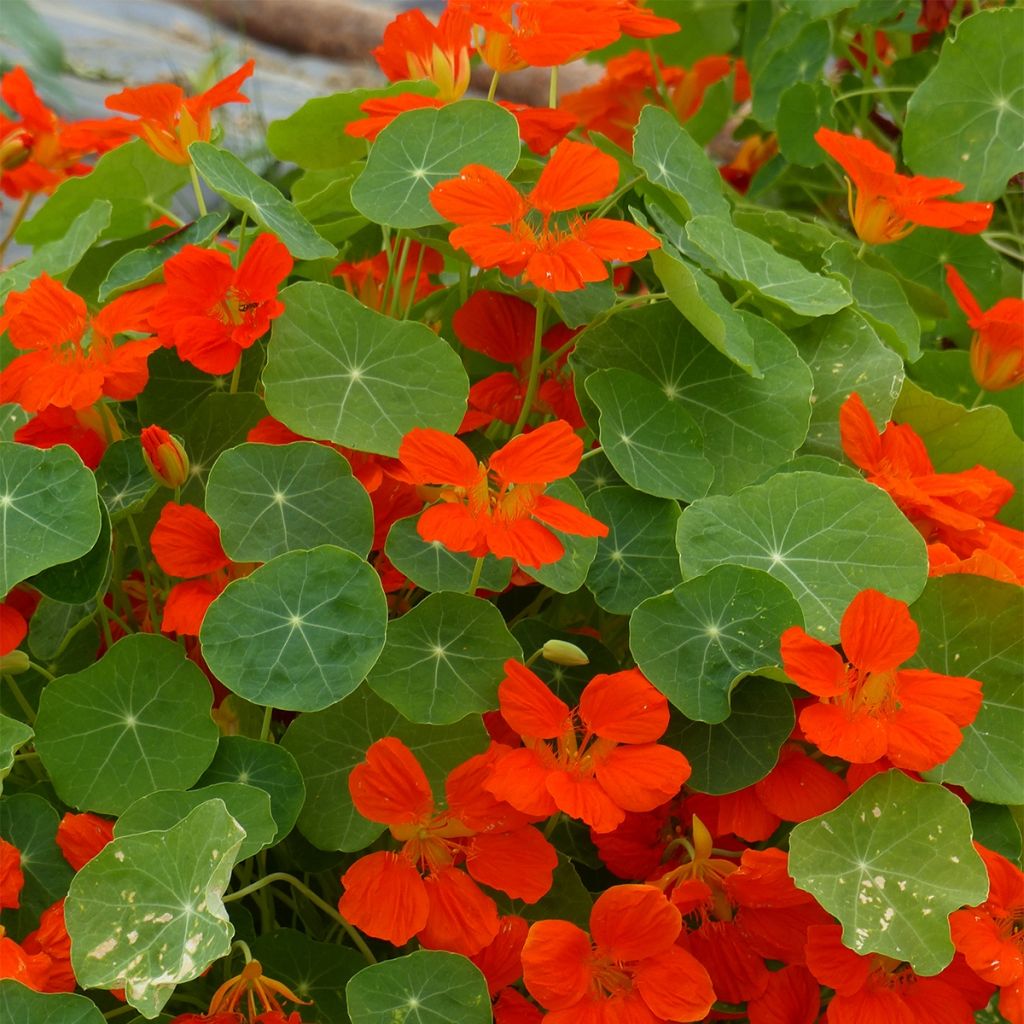

Graines de Capucine naine Whirlybird Orange
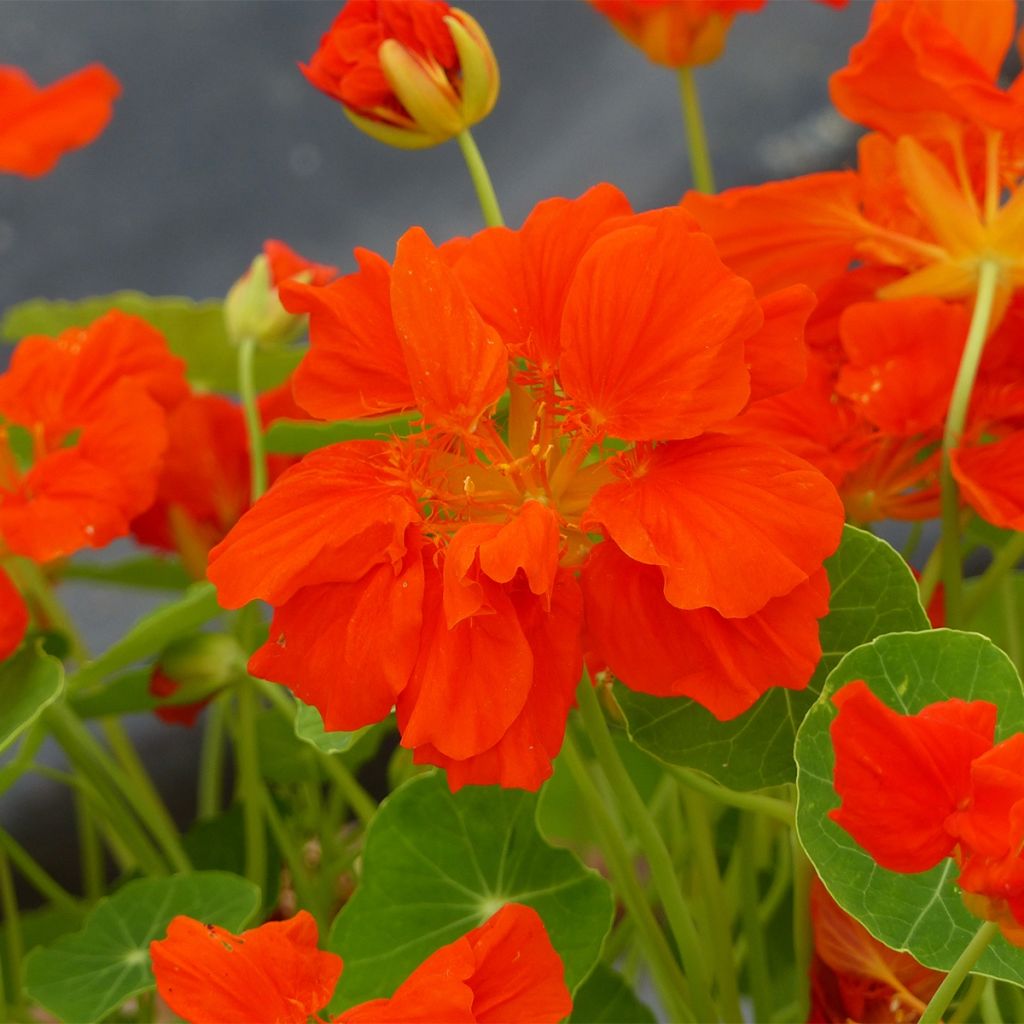

Graines de Capucine naine Whirlybird Orange
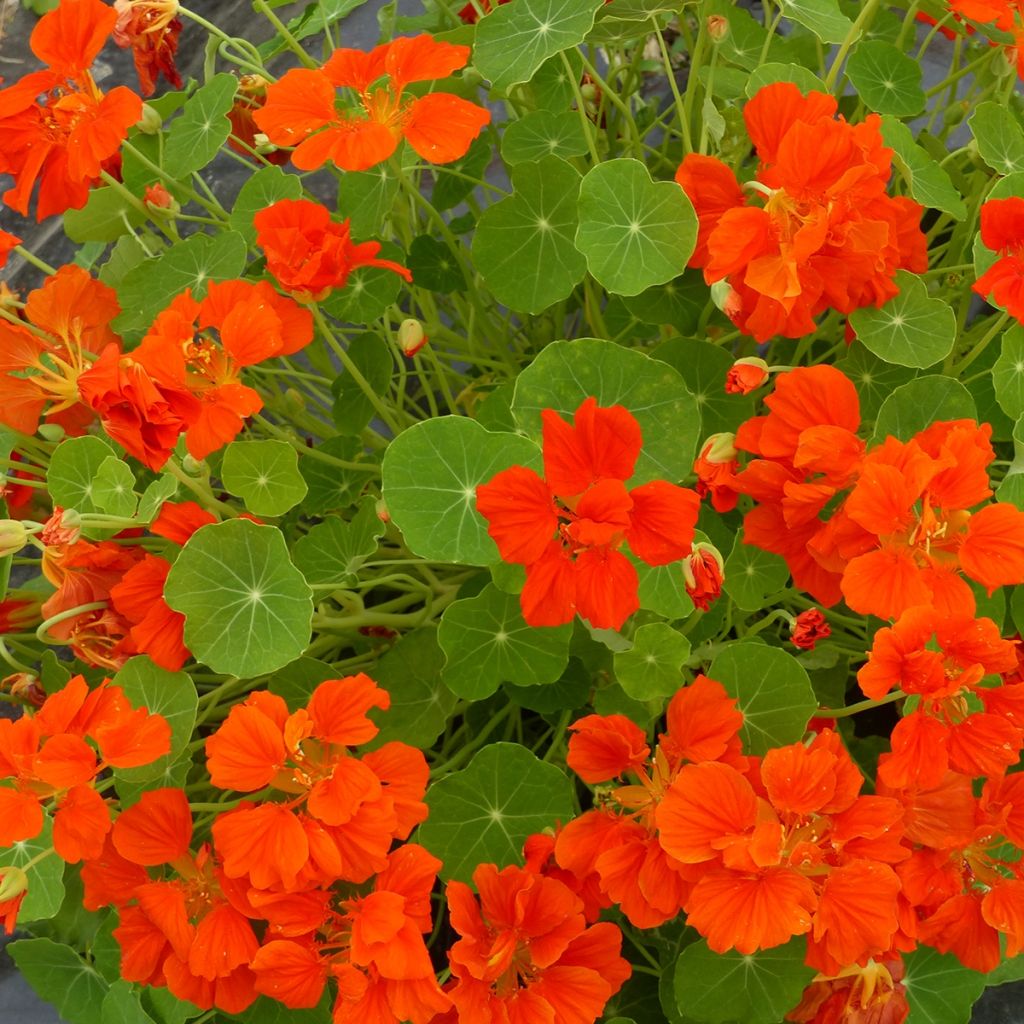

Graines de Capucine naine Whirlybird Orange
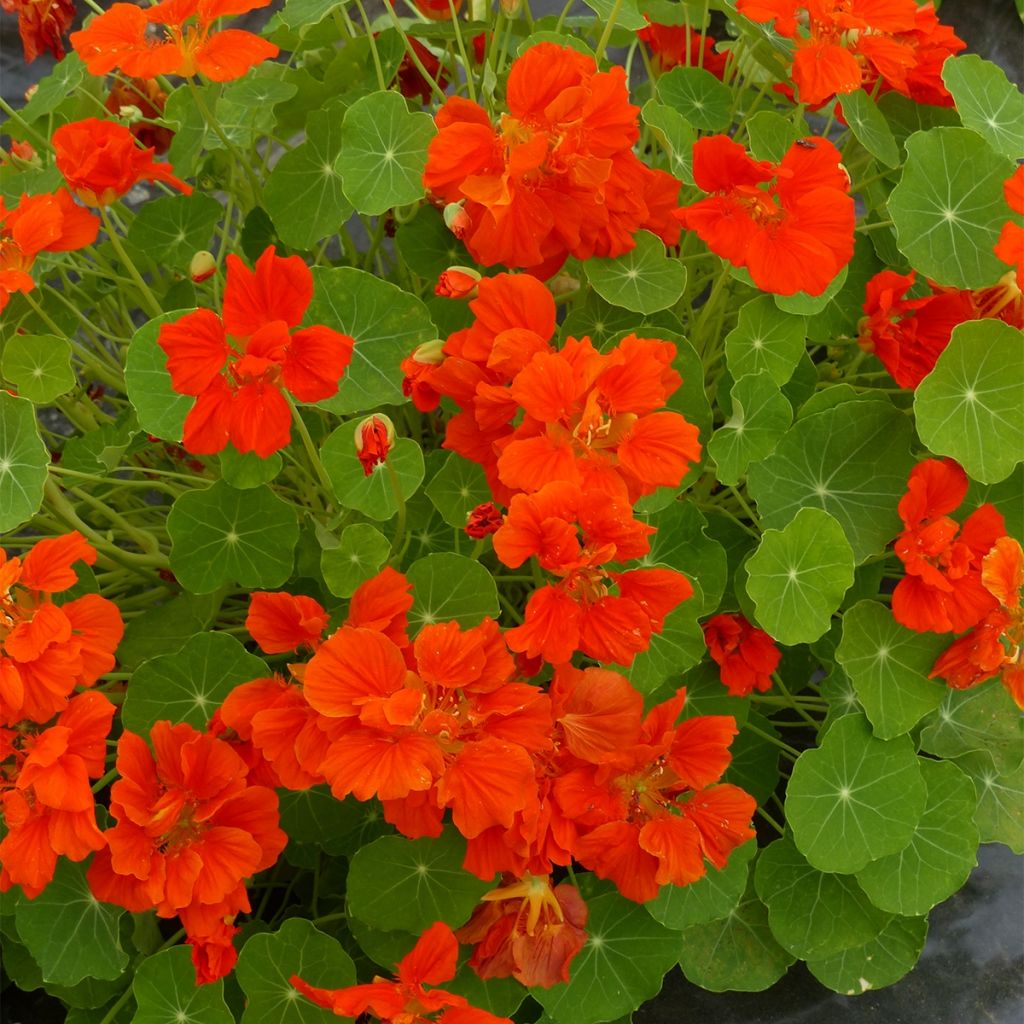

Graines de Capucine naine Whirlybird Orange
Tropaeolum Whirlybird Orange - Dwarf Nasturtium Seeds
Tropaeolum majus nanum Whirlybird Orange
Garden Nasturtium, Dwarf Nasturtium
Late blooming last summer starting from September, even though the seeds were planted in April, which I attribute to the heatwave. However, beautiful flowering! Surprisingly, despite the heat, so many seeds have sprouted.
Marion, 11/02/2023
Special offer!
Receive a €20 voucher for any order over €90 (excluding delivery costs, credit notes, and plastic-free options)!
1- Add your favorite plants to your cart.
2- Once you have reached €90, confirm your order (you can even choose the delivery date!).
3- As soon as your order is shipped, you will receive an email containing your voucher code, valid for 3 months (90 days).
Your voucher is unique and can only be used once, for any order with a minimum value of €20, excluding delivery costs.
Can be combined with other current offers, non-divisible and non-refundable.
Home or relay delivery (depending on size and destination)
Schedule delivery date,
and select date in basket
This plant carries a 6 months recovery warranty
More information
We guarantee the quality of our plants for a full growing cycle, and will replace at our expense any plant that fails to recover under normal climatic and planting conditions.
Would this plant suit my garden?
Set up your Plantfit profile →
Description
The Whirlybird Orange Nasturtium is a particularly compact and colourful selection of Tropaeolum majus nanum, the dwarf nasturtium. This variety forms a lovely dense groundcover of round, bright green leaves that are adorned with beautiful orange flowers throughout the summer. It is very easy to grow and is ideal for bordering pathways or rockeries, perfect for creating flower pots or enhancing floral arrangements. Stunning with blue or white lobelias, for example.
Tropaeolum majus is an annual climbing or creeping plant native to South America, belonging to the Tropaeolaceae family. It has given rise to numerous varieties and forms, some of which remain dwarf and compact. This is the case with 'Whirlybird Orange', a recent small cultivar. The plant forms a small bushy clump that reaches 30 cm (12in) in height and 40-45 cm (16-18in) in width in a single season. It blooms from June to September, 60 to 70 days after sowing, producing numerous tubular flowers with 5 petals and a spur, measuring 5 cm (2in) in diameter. They display a beautiful colour blending yellow and orange. In our climates, it is primarily bumblebees that pollinate this plant. The flowering is followed by the formation of fruits containing seeds slightly smaller than peas, which are easy to sow. The foliage consists of round, peltate leaves with radiating veins, a dark green with a hint of grey.
Plant Whirlybird Orange Nasturtium in borders, rockeries, flower pots, or hanging baskets. For example, you can combine it with white or blue forget-me-nots, lobelias, catmints, or cornflowers. Also, plant it in the vegetable garden and orchard, where it will help eliminate harmful insects to your other crops while bringing a lot of freshness and cheerfulness to its humble companions. Nasturtiums attract aphids, which are fond of them. However, do not deprive yourself of this pretty plant: it acts as a diversion (while hosting precious food for ladybird larvae) and thus protects your other plants. Nasturtiums make their way into the kitchen, and their leaves and flowers can be added raw to salads, sauces, and mayonnaise. They have a pungent and aromatic flavour reminiscent of watercress. The flower buds and young fruits are sometimes preserved in vinegar, providing a substitute for capers.
The nasturtium gets its vernacular name from the spur that its flowers possess, resembling the hood of a friar's habit. It is a medicinal and aromatic plant.
Tropaeolum Whirlybird Orange - Dwarf Nasturtium Seeds in pictures
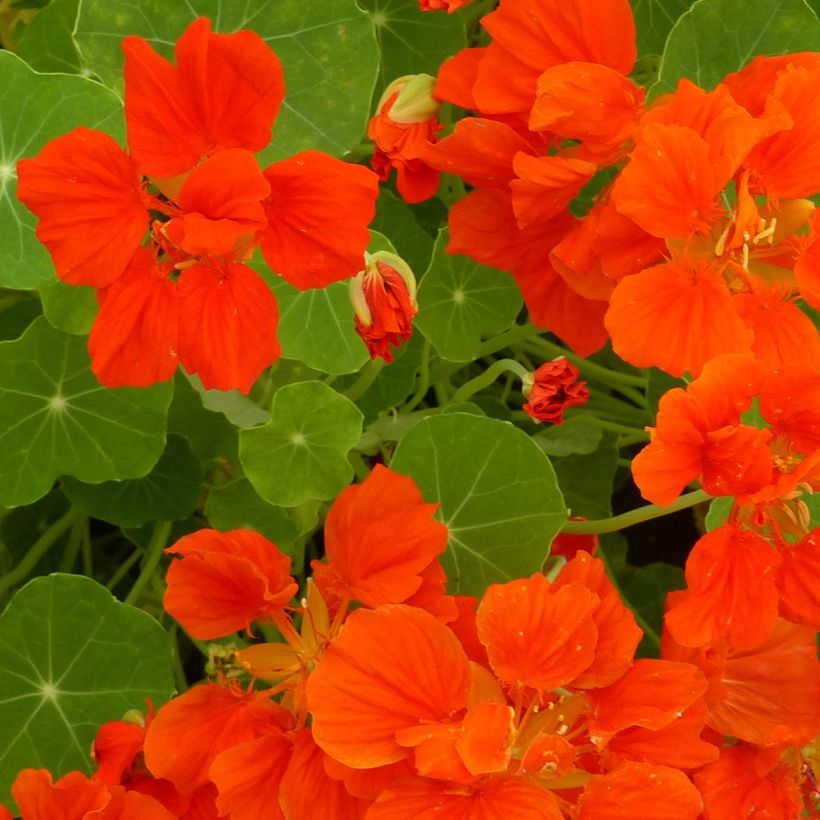

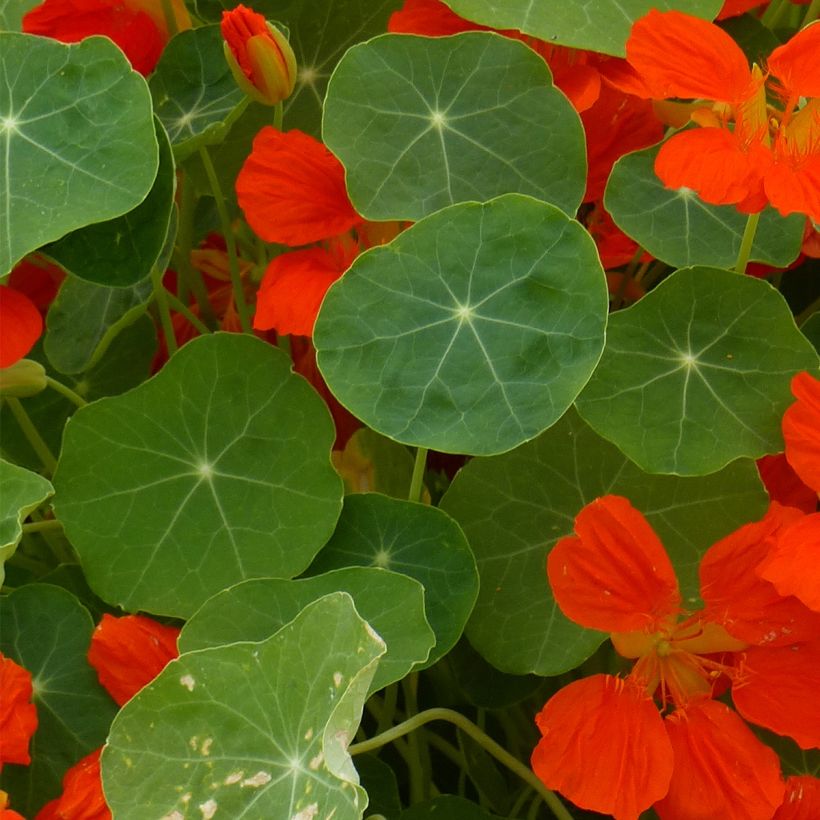

Flowering
Foliage
Plant habit
Botanical data
Tropaeolum
majus nanum
Whirlybird Orange
Tropaeolaceae
Garden Nasturtium, Dwarf Nasturtium
Cultivar or hybrid
Other Nasturtium seeds
View all →Planting and care
Sow Nasturtiums directly outdoors in their final location from March to May. Choose a sunny spot with well-drained soil that has been properly prepared. Sow nasturtium seeds at a depth of 2 cm (1in) in rows spaced 30 cm (12in) apart, covering the seeds with an equal thickness of soil. Regularly water the soil, especially during dry periods. Germination usually takes 7 to 12 days.
When the young plants are large enough to handle, thin them out to keep one plant every 30 cm (12in). You can also sow Nasturtiums indoors at a temperature of 15-25°C (59-77°F). When the Nasturtium plants are large enough to handle, transplant them and grow them in cooler conditions until they reach a sufficient size to be planted outdoors. This should be done after all risk of frost has passed.
Nasturtiums thrive in a fresh, well-drained soil in full sun or partial shade. They are often attacked by aphids and cabbage white butterflies. Spraying with a compound solution of traditional black soap and water (4 to 5 cc / 1 l of water) will help limit the damage in case of a severe aphid infestation.
Sowing period
Intended location
Planting & care advice
-
, onOrder confirmed
Reply from on Promesse de fleurs
Similar products
Haven't found what you were looking for?
Hardiness is the lowest winter temperature a plant can endure without suffering serious damage or even dying. However, hardiness is affected by location (a sheltered area, such as a patio), protection (winter cover) and soil type (hardiness is improved by well-drained soil).

Photo Sharing Terms & Conditions
In order to encourage gardeners to interact and share their experiences, Promesse de fleurs offers various media enabling content to be uploaded onto its Site - in particular via the ‘Photo sharing’ module.
The User agrees to refrain from:
- Posting any content that is illegal, prejudicial, insulting, racist, inciteful to hatred, revisionist, contrary to public decency, that infringes on privacy or on the privacy rights of third parties, in particular the publicity rights of persons and goods, intellectual property rights, or the right to privacy.
- Submitting content on behalf of a third party;
- Impersonate the identity of a third party and/or publish any personal information about a third party;
In general, the User undertakes to refrain from any unethical behaviour.
All Content (in particular text, comments, files, images, photos, videos, creative works, etc.), which may be subject to property or intellectual property rights, image or other private rights, shall remain the property of the User, subject to the limited rights granted by the terms of the licence granted by Promesse de fleurs as stated below. Users are at liberty to publish or not to publish such Content on the Site, notably via the ‘Photo Sharing’ facility, and accept that this Content shall be made public and freely accessible, notably on the Internet.
Users further acknowledge, undertake to have ,and guarantee that they hold all necessary rights and permissions to publish such material on the Site, in particular with regard to the legislation in force pertaining to any privacy, property, intellectual property, image, or contractual rights, or rights of any other nature. By publishing such Content on the Site, Users acknowledge accepting full liability as publishers of the Content within the meaning of the law, and grant Promesse de fleurs, free of charge, an inclusive, worldwide licence for the said Content for the entire duration of its publication, including all reproduction, representation, up/downloading, displaying, performing, transmission, and storage rights.
Users also grant permission for their name to be linked to the Content and accept that this link may not always be made available.
By engaging in posting material, Users consent to their Content becoming automatically accessible on the Internet, in particular on other sites and/or blogs and/or web pages of the Promesse de fleurs site, including in particular social pages and the Promesse de fleurs catalogue.
Users may secure the removal of entrusted content free of charge by issuing a simple request via our contact form.
The flowering period indicated on our website applies to countries and regions located in USDA zone 8 (France, the United Kingdom, Ireland, the Netherlands, etc.)
It will vary according to where you live:
- In zones 9 to 10 (Italy, Spain, Greece, etc.), flowering will occur about 2 to 4 weeks earlier.
- In zones 6 to 7 (Germany, Poland, Slovenia, and lower mountainous regions), flowering will be delayed by 2 to 3 weeks.
- In zone 5 (Central Europe, Scandinavia), blooming will be delayed by 3 to 5 weeks.
In temperate climates, pruning of spring-flowering shrubs (forsythia, spireas, etc.) should be done just after flowering.
Pruning of summer-flowering shrubs (Indian Lilac, Perovskia, etc.) can be done in winter or spring.
In cold regions as well as with frost-sensitive plants, avoid pruning too early when severe frosts may still occur.
The planting period indicated on our website applies to countries and regions located in USDA zone 8 (France, United Kingdom, Ireland, Netherlands).
It will vary according to where you live:
- In Mediterranean zones (Marseille, Madrid, Milan, etc.), autumn and winter are the best planting periods.
- In continental zones (Strasbourg, Munich, Vienna, etc.), delay planting by 2 to 3 weeks in spring and bring it forward by 2 to 4 weeks in autumn.
- In mountainous regions (the Alps, Pyrenees, Carpathians, etc.), it is best to plant in late spring (May-June) or late summer (August-September).
The harvesting period indicated on our website applies to countries and regions in USDA zone 8 (France, England, Ireland, the Netherlands).
In colder areas (Scandinavia, Poland, Austria...) fruit and vegetable harvests are likely to be delayed by 3-4 weeks.
In warmer areas (Italy, Spain, Greece, etc.), harvesting will probably take place earlier, depending on weather conditions.
The sowing periods indicated on our website apply to countries and regions within USDA Zone 8 (France, UK, Ireland, Netherlands).
In colder areas (Scandinavia, Poland, Austria...), delay any outdoor sowing by 3-4 weeks, or sow under glass.
In warmer climes (Italy, Spain, Greece, etc.), bring outdoor sowing forward by a few weeks.































